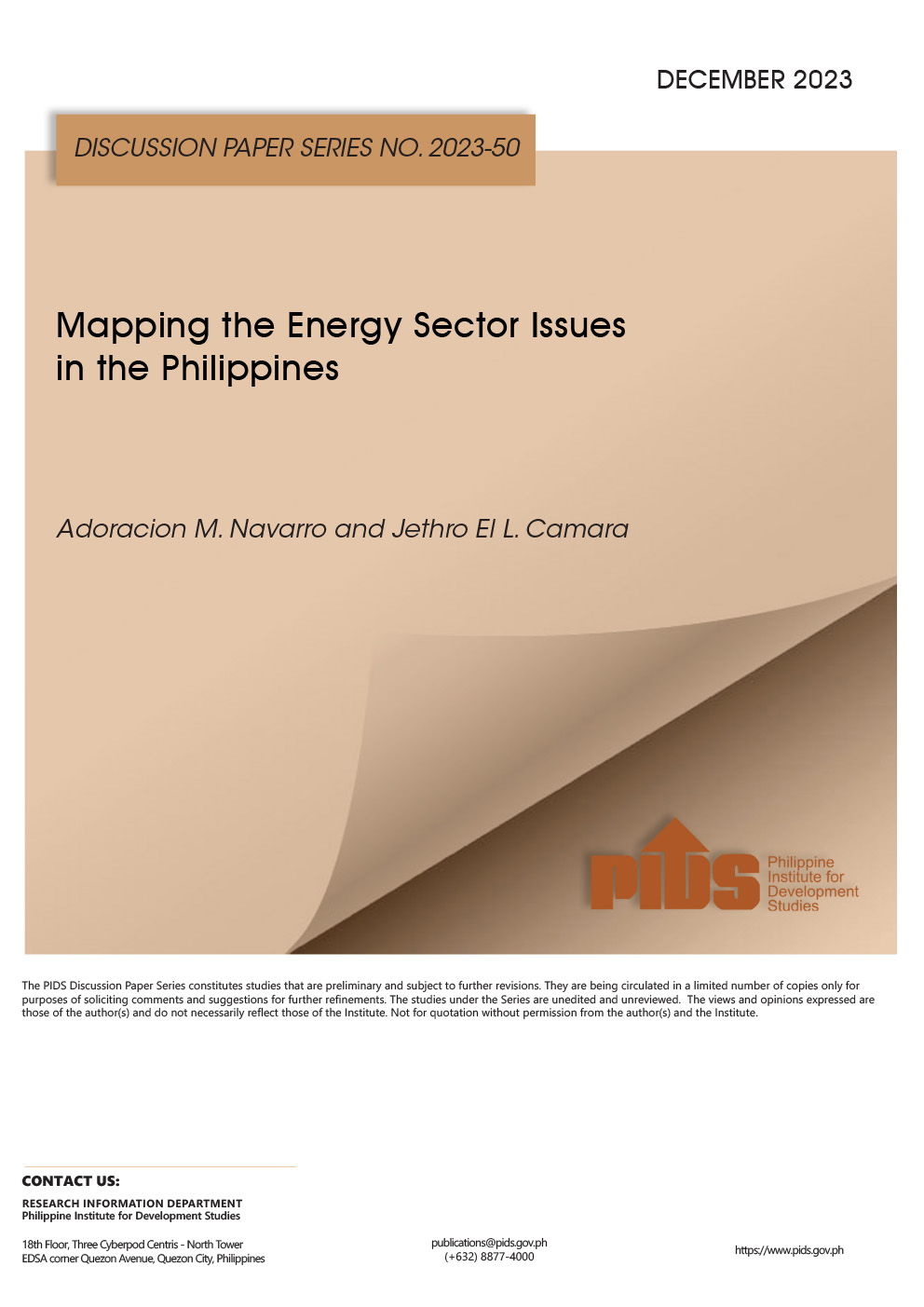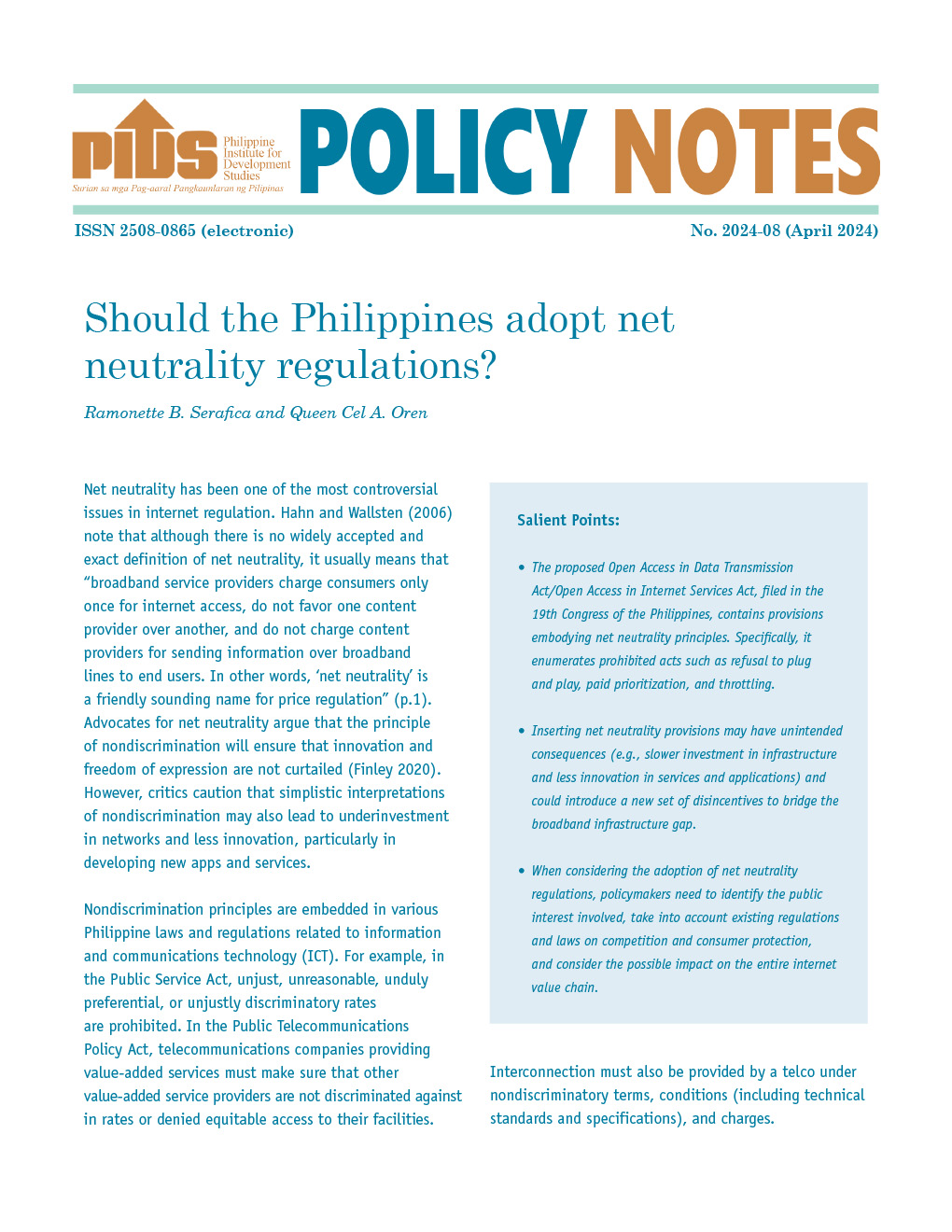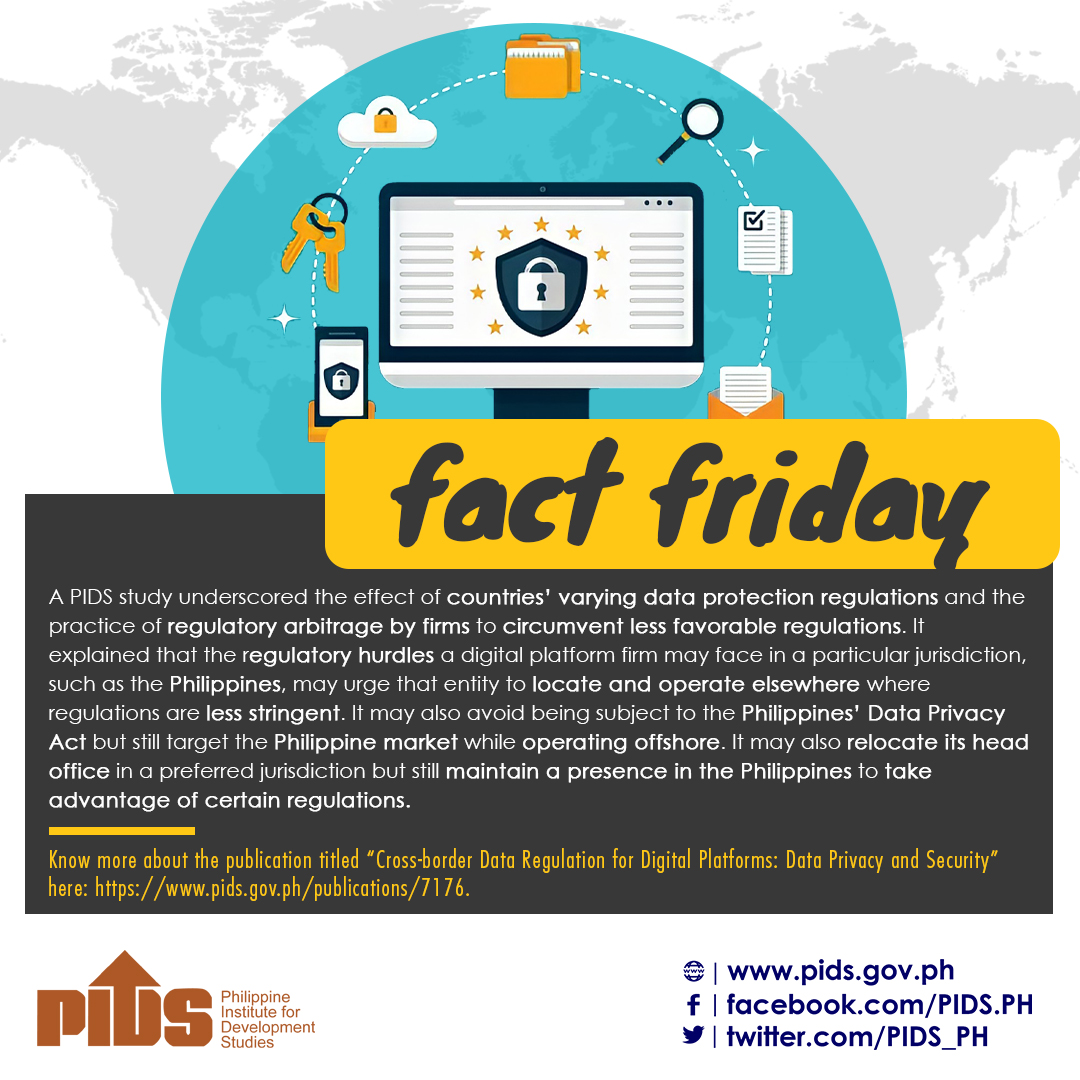THE decision to incorporate nuclear power into the energy mix now rests on project economics and the Philippines’ ability to comply with safety requirements, a government think tank said.
“The decision whether to rehabilitate (the Bataan Nuclear Power Plant) must be guided by project economics. The Korea study implies that rehabilitation is technically feasible. The Russian assessment implies that it will be very costly and raises (questions about) whether it is worth it,” according to the Philippine Institute for Development Studies (PIDS), in a study written by Adoracion M. Navarro.
The Philippine Nuclear Research Institute has said that the South Korean government offered to rehabilitate the Bataan Nuclear Power Plant (BNPP) at a cost of about $1 billion.
The Department of Energy (DoE) put the cost in 2017 at $1.17 billion for a BNPP rehabilitation to be performed by Korea Hydro and Nuclear Power Co. Ltd., KEPCO KPS, and Doosan Heavy Industries and Construction. The quote covers preliminary work, purchasing, replacement parts, inspection, maintenance and testing.
“The Russians did not give an exact figure as to how much the rehabilitation of the BNPP would cost unless the Philippine government commits at that time, which we did not,” a DoE official who asked not to be identified told BusinessWorld via Viber.
The PIDS study noted that the alternative to operating the BNPP — deploying small modular reactors (SMRs) — will hinge on the Philippines’ ability to meet the requirements set by the International Atomic Energy Agency (IAEA).
The Philippines has accomplished one of the 19 milestones prescribed by the IAEA, which is the development of a national position on nuclear power.
The main regulatory obstacle is the Electric Power Industry Reform Act (EPIRA) of 2001, which barred the government from engaging in power generation with the exception of powering remote, off-grid areas. The PIDS study called EPIRA “the biggest hurdle” to be cleared if the BNPP were to go ahead.
“The Philippines also needs to ratify the international legal instruments that it signed in the past. The existing legal framework in the Philippines for nuclear energy development and regulation also needs to be updated.”
The DoE in its yearend report said moving forward with nuclear power is among its areas of focus this year.
The DoE said that it will prepare a nuclear power roadmap and will study the feasibility of adding nuclear power to the power mix by developing small-scale nuclear power plants.
According to the PIDS study, SMRs have a capacity of up to 300 MW and are feasible for the private sector to build and operate.
Recently, the Manila Electric Co. said it is applying for a grant from the United States Trade and Development Agency to conduct a feasibility study on SMRs, while Aboitiz Power Corp. said it is currently in discussions with foreign companies on possible investment in a nuclear energy project featuring SMRs.










